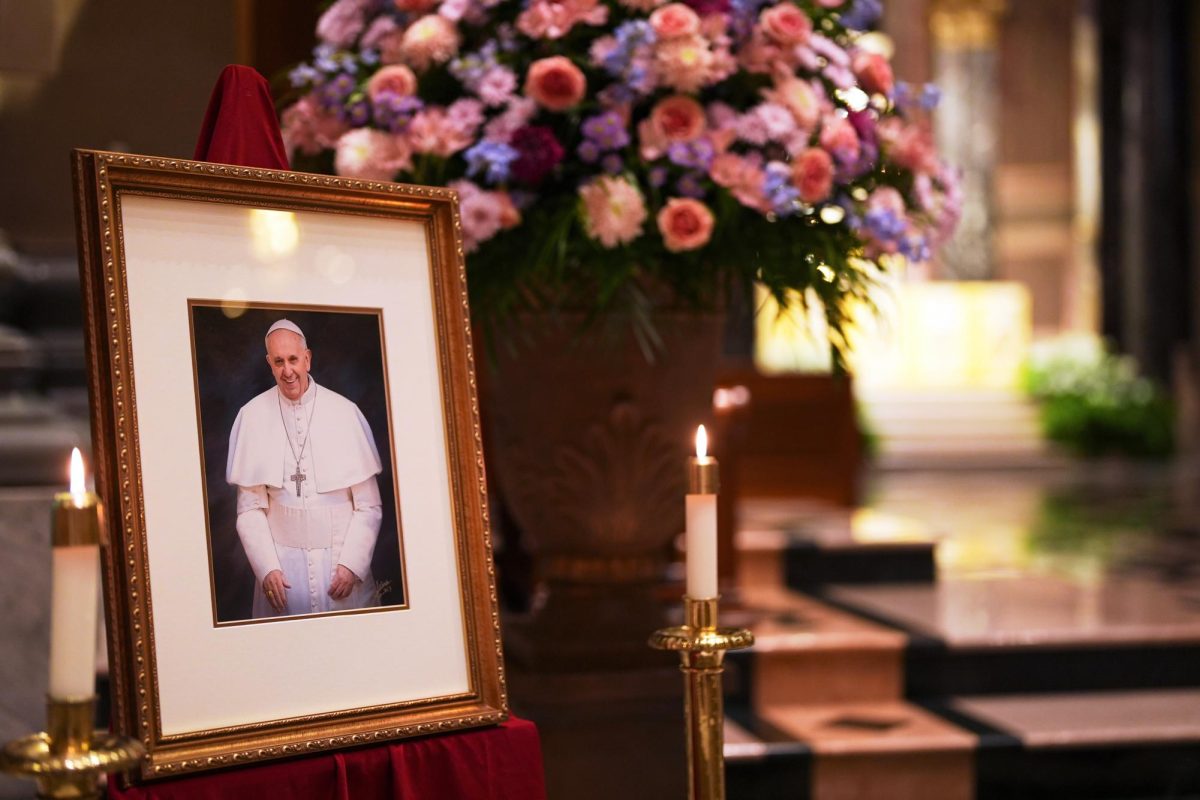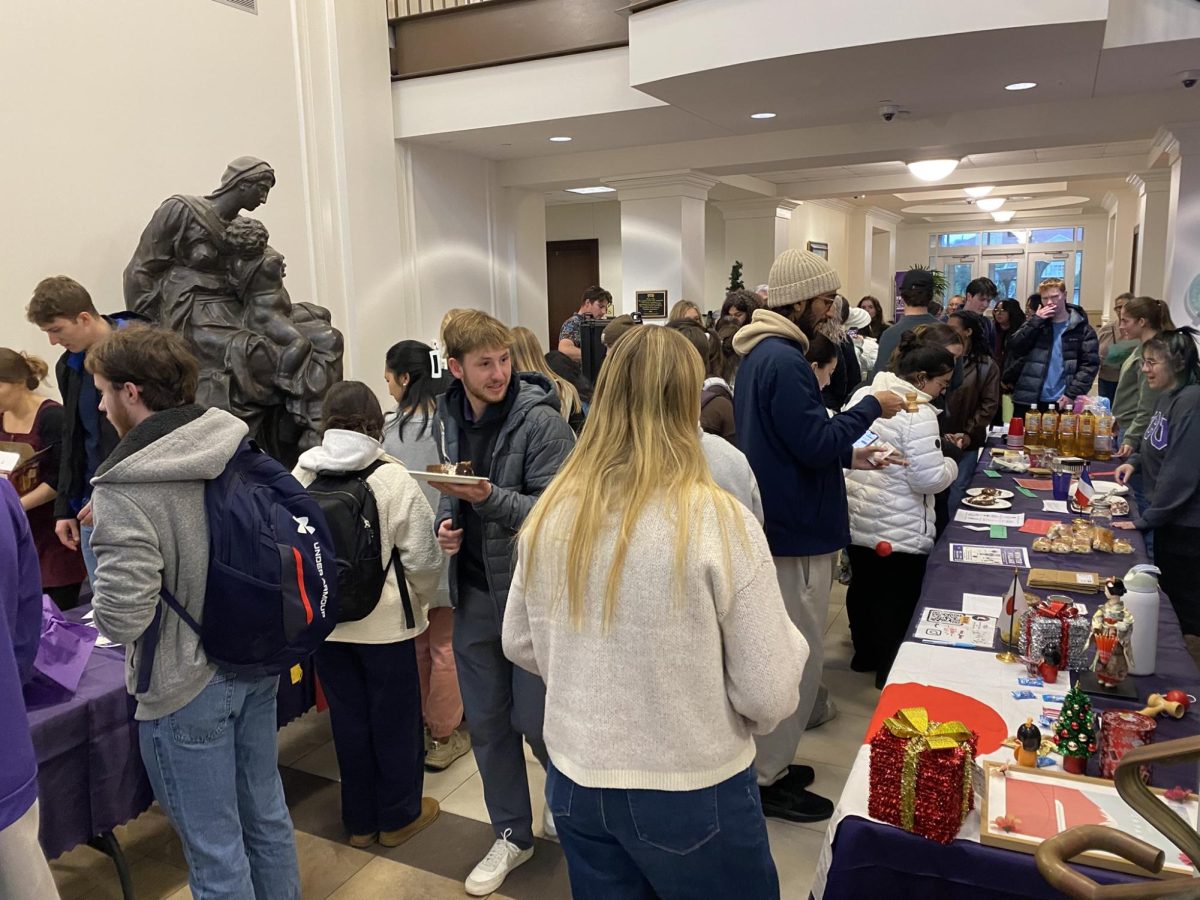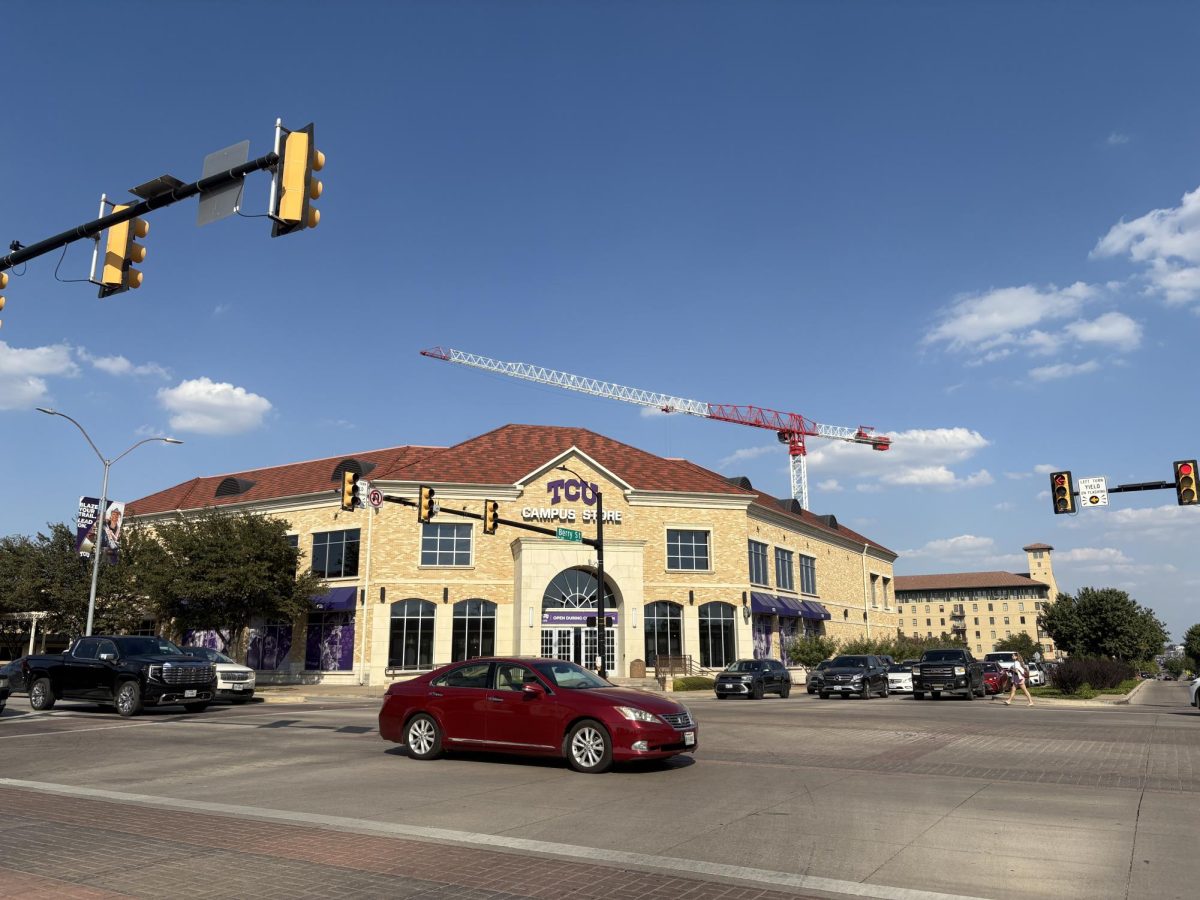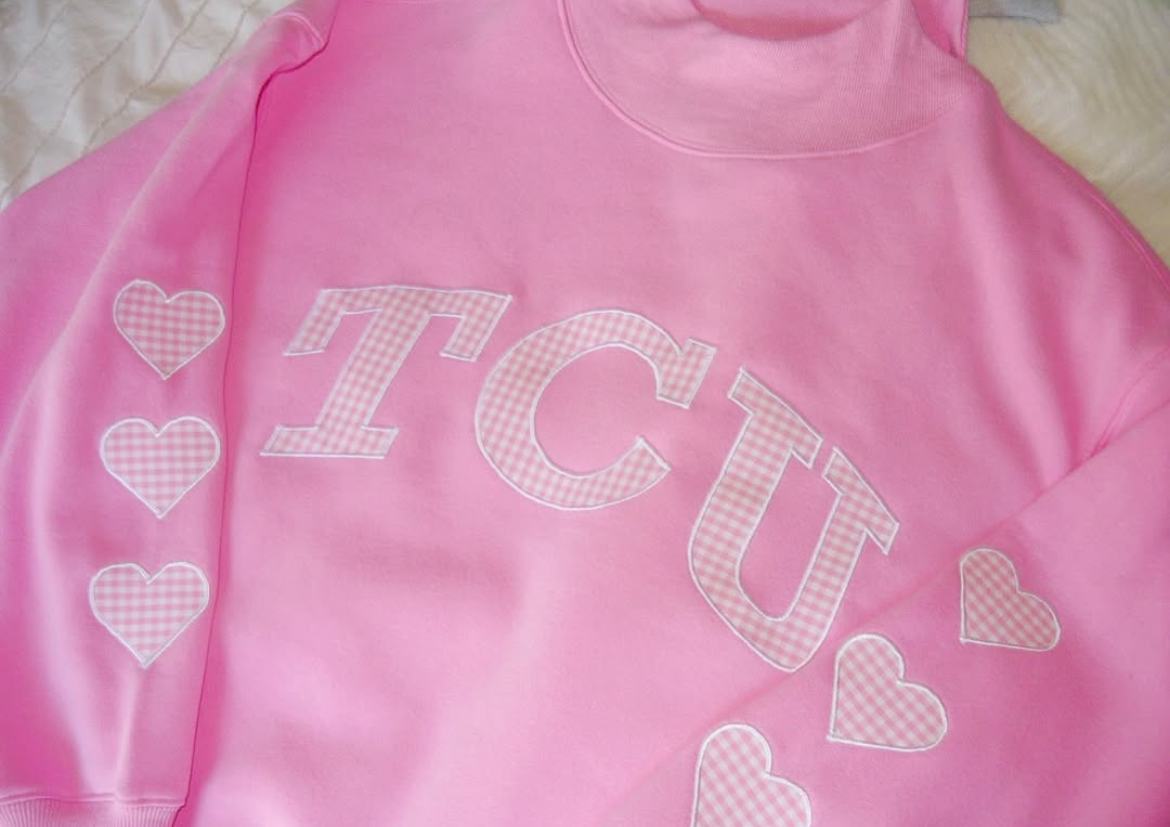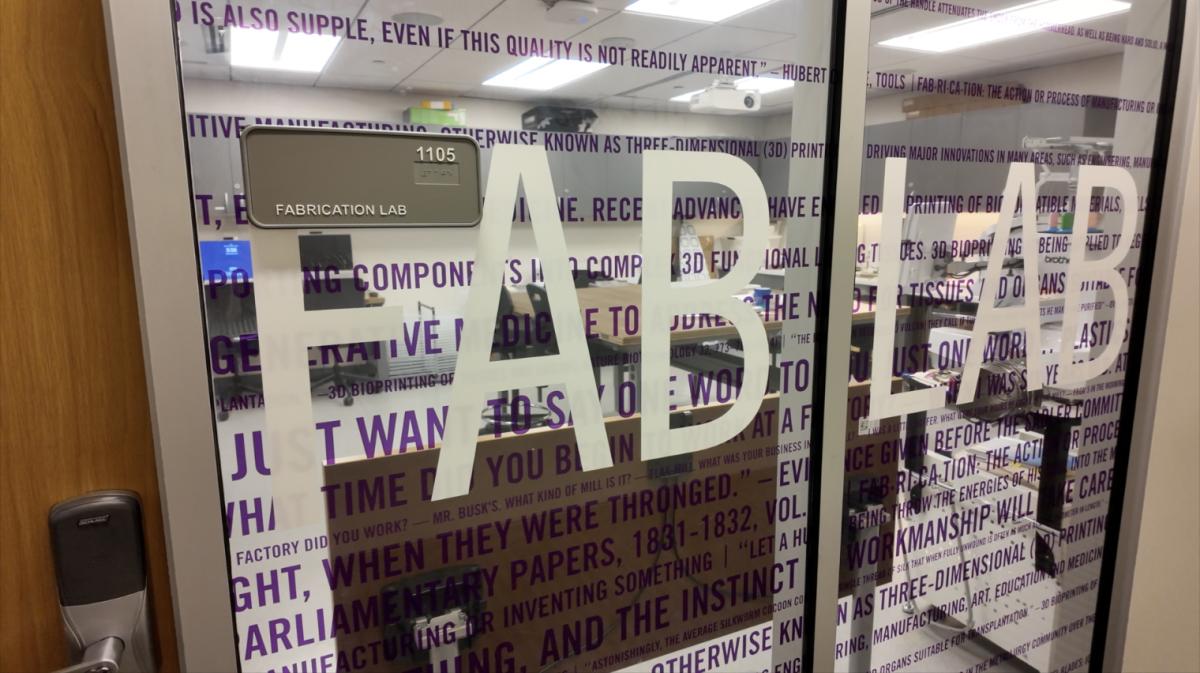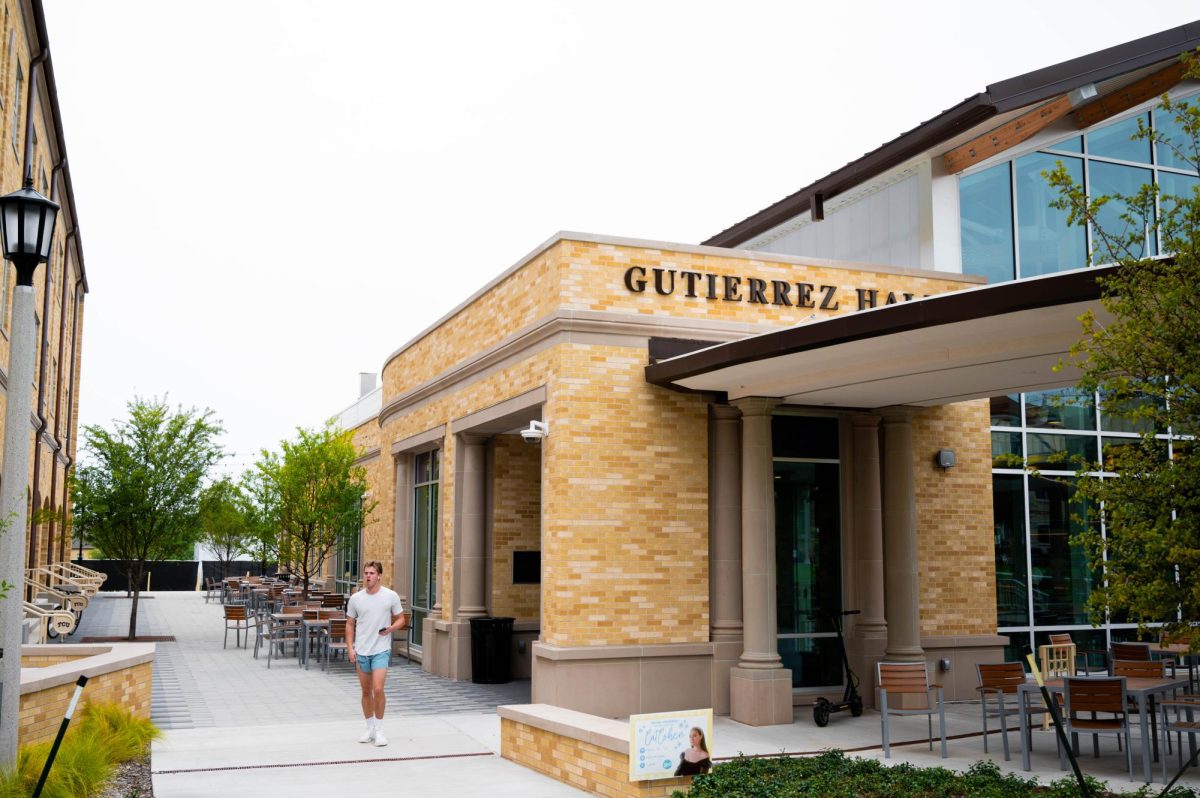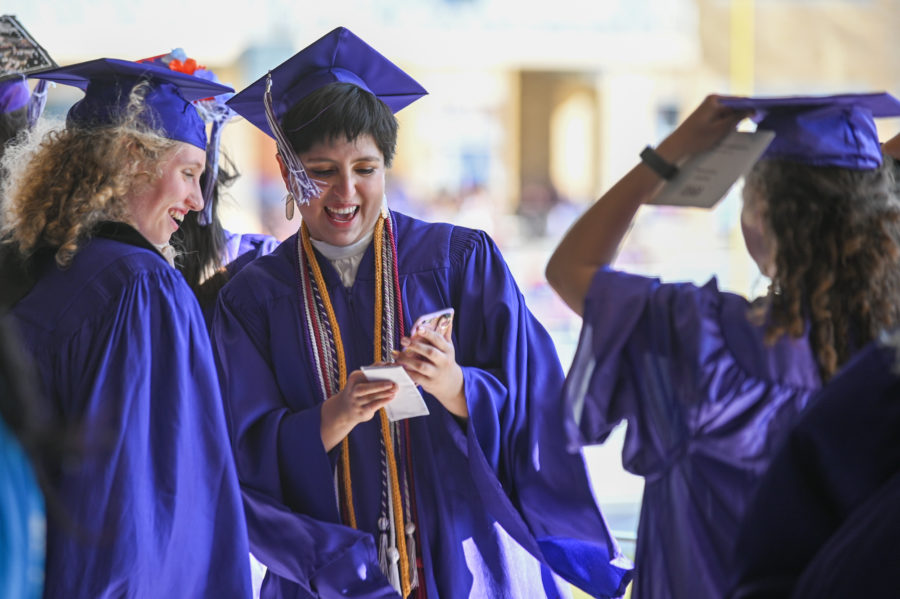Pope Francis, history’s first Latin American pontiff who charmed the world with his humble style and concern for the poor but alienated conservatives with critiques of capitalism and climate change, died Monday. He was 88.
The Vatican said Francis died of a stroke that put him into a coma and led his heart to fail.
Bells tolled in Catholic churches from his native Argentina to the Philippines and across Rome as news spread around the world. The death of Francis was announced by Cardinal Kevin Farrell, the Irish-born Vatican camerlengo, a position that will be important in the coming weeks as he takes charge of the administration of the Holy See until a new pope is elected.
“At 7:35 this morning, the Bishop of Rome, Francis, returned to the home of the Father,” Farrell said. “His entire life was dedicated to the service of the Lord and of his Church.”
Farrell made the announcement just over two hours after Francis had died. Farrell spoke from Domus Santa Marta, the apartment on Vatican grounds where Francis lived and where he had returned to recover after a hospitalization for double pneumonia.
It also said that in his will, Pope Francis decreed he would be buried in a simple underground tomb — with only “Franciscus,” his name in Latin, written on it — at St. Mary Major Basilica, home to Francis’ favorite icon of the Virgin Mary, to whom he was particularly devoted.
Francis made his final public appearance a day earlier on Easter Sunday. He appeared very frail, and had delegated the celebration of the Easter Mass to another cardinal. But though his voice was weak, he blessed a crowd of faithful from the loggia of St. Peter’s Basilica.
“Brothers and sisters, Happy Easter,” he said from the same loggia where Jorge Mario Bergoglio was introduced to the world on March 13, 2013 as the 266th pope.
Francis’ death now sets off the process of allowing the faithful to pay their final respects, first for Vatican officials in the Santa Marta chapel and then in St. Peter’s for the general public. A precise sequence of events will include the confirmation of death in the pontiff’s home, the transfer of the coffin to St. Peter’s Basilica for public viewing, a funeral Mass and burial. The dates haven’t been announced yet, but the burial must take place between the fourth and sixth day after his death.
After the funeral, there are nine days of official mourning, known as the “novendiali.” During this period, cardinals arrive in Rome to participate in a conclave to elect the next pope. To give everyone time to assemble, the conclave must begin 15-20 days after the “sede vacante” — a Latin term meaning the seat is vacant — is declared, although it can start sooner if the cardinals agree.
The cardinals will vote in secret sessions, and the ballots will be burned in a special stove after each session. Black smoke will indicate that no pope has been elected, while white smoke will indicate that the cardinals have chosen the next head of the Catholic Church.
The Argentine-born Jorge Mario Bergoglio brought a breath of fresh air into a 2,000-year-old institution that had seen its influence wane during the troubled tenure of Pope Benedict XVI, whose surprise resignation led to Francis’ election. But Francis soon invited troubles of his own, and conservatives grew increasingly upset with his progressive bent, outreach to LGBTQ+ Catholics and crackdown on traditionalists.
Reporters Vanessa Gera and Nicole Winfield contributed to this report.

